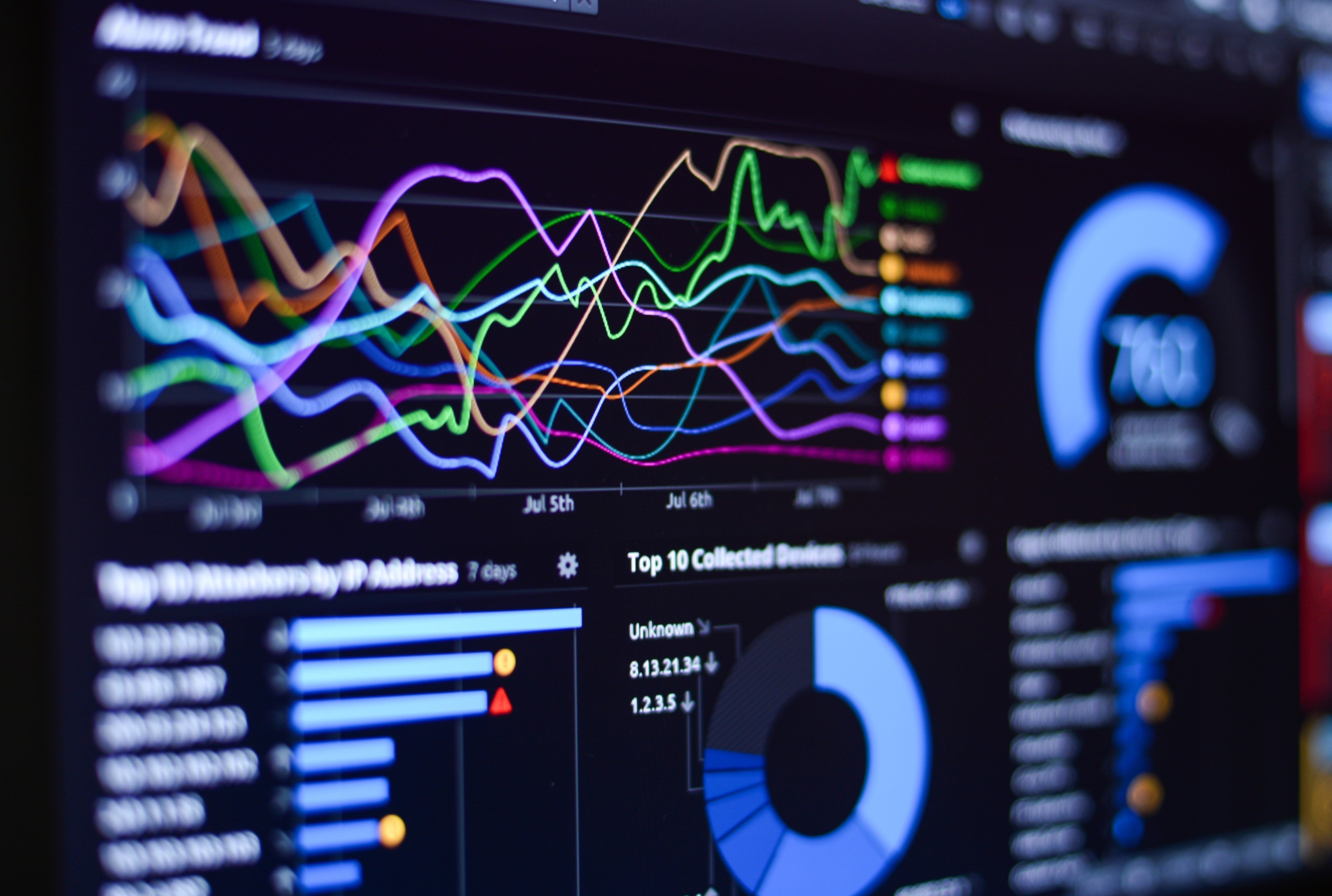
By
Diego Fontes
User research and analytics are often divided into two separate disciplines. Traditionally, analytics informs marketing strategy by measuring key performance indicators to demonstrate a true return on investment in marketing and advertising spend.
In the era of big data and information overload, we see more user experience professionals relying on analytics as a source of quantitative data to aid in research and design. A highly valuable resource if used correctly, analytics can sometimes produce a “black hole” of interesting data without any actionable insight. UX researchers must be aware of this potential outcome as they integrate analytics data into their processes.
Both user research and analytics capture behavioral data. Analytics data sheds light on what people actually do with a product, which can be substantially different from what they say they do with it. Leveraging analytics can help researchers understand usability issues better by highlighting what may be causing those issues. Analytics and user research help establish hard facts about a user’s experience. Together, these data form the basis for evidence-driven design decisions.
Tracking what users actually do
While qualitative user research tends to answer the why, analytics can also answer the where, what, and other questions. Analytics can be the go-to source to find out where users are dropping off an important flow, what pages or actions are yielding the strongest conversion rates, and how users arrive at error states. Through basic analytics reporting, data is immediately available about a site’s audience, acquisition trends, and user behavior. With further customization, analytics data can be collected to understand bounce rates, content consumption, navigation paths, site speed, and many other factors that relate to the overall user experience.
Events are arguably the most powerful feature of analytics. Through event tracking, every action a user takes on a site can be tracked, segmented, and reported. Event data can be customized and implemented (usually through a tag management tool) to produce reports on specific interactions that may help prioritize new features or changes to the experience.
Analytics often answers one question but creates another, driving additional user research intended to create a more nuanced understanding of the situation. That’s why a combination of quantitative and qualitative data provides better resolution into how people are actually using a site or product.
How to choose the right UX metrics
Metrics vary depending on each site, product, and client’s needs. There is no one-size-fits-all UX analytics metrics/ROI model, but to form a general comprehensive understanding, it is important to follow a process.
- Goals. How will success be measured? What should the site or product accomplish? Back up goals with solid user research, and base goals on data from surveys, interviews, usability testing, and case studies.
- Signals. What actions from users will result in progress toward achieving the goals? Actions serve as signals and indicate satisfaction or frustration. Identifying pain points is an important step and helps build a better product. (This is where event tracking can play a hugely important role.)
- Metrics. What metrics prove/disprove that the solution is achieving the intended goal? Analyze the results and pay attention to how people interact with the site or product. Measure key events and determine the areas that can be improved.
A mix of qualitative and quantitative data is best
Products are built with different objectives and target audiences in mind. Using a mix of qualitative and quantitative data is the best way to measure progress toward a goal. Quantitative data is now a vital ingredient for many teams responsible for user experience research and product design. Adding analytics to traditional UX research allows teams to:
- Take early action to maintain strong conversions
- Quickly prove/disprove causation/correlation theories
- Persuade data-oriented stakeholders
Learning analytics systems can be difficult because they are optimized for marketing activities rather than UX. However, incorporating analytics into UX processes and research methods can add value in many ways. Project teams should use a combination of different data types to consistently measure data (in the wild) about usability and user behavior. Designers, researchers, engineers, and product managers need to understand what types of data are available — and use the methods in each phase. Doing so yields stronger cases, drives better results, and ultimately fuels more meaningful customer experiences.



